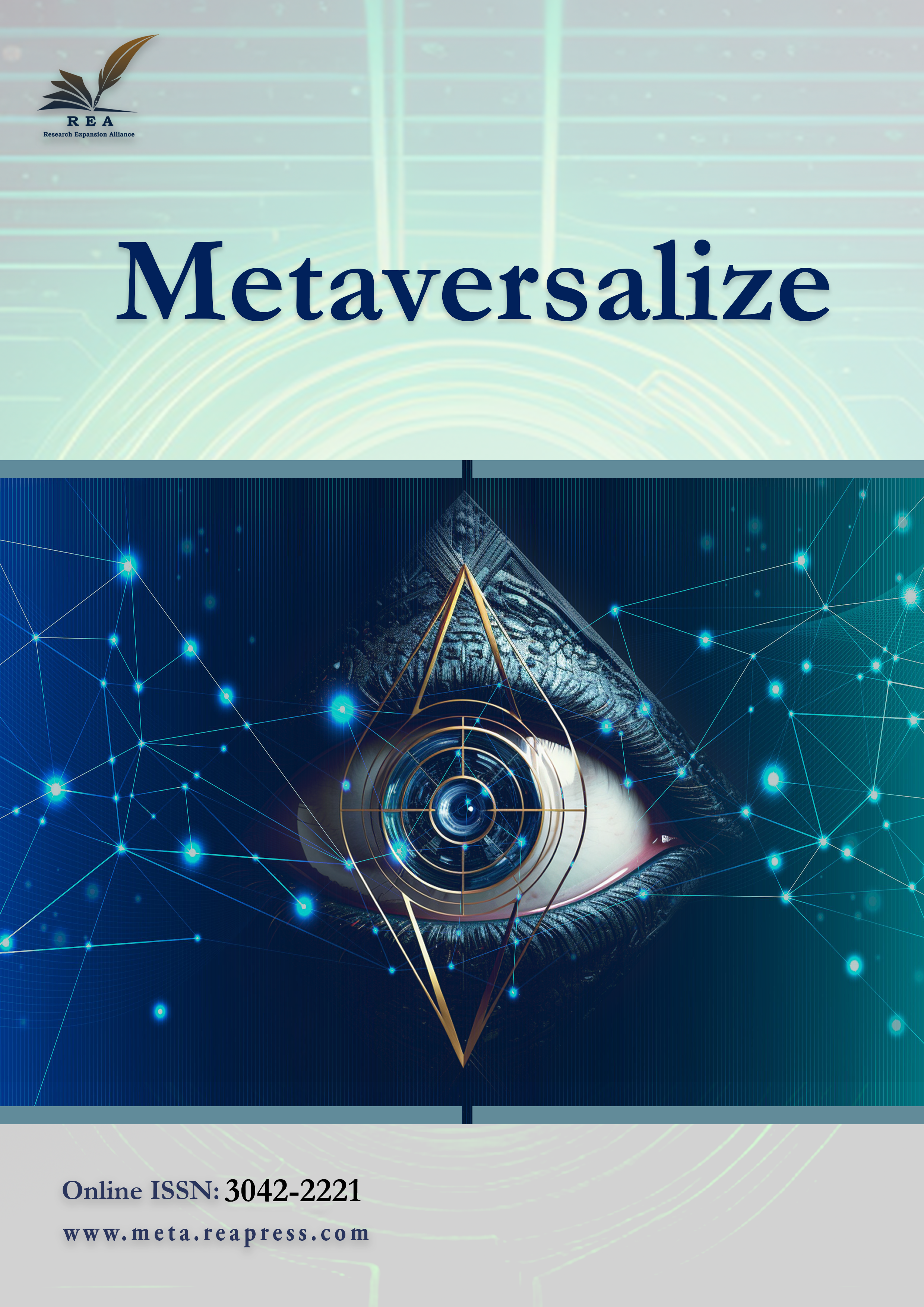IoT-based intelligent traffic control using cloud and edge computing
Abstract
Urban traffic congestion presents a major challenge worldwide, adversely affecting both environmental conditions and the economy. This paper introduces an intelligent traffic management system that employs the Internet of Things (IoT), cloud computing, and edge computing to enhance traffic flow and alleviate congestion. The system implements a network of IoT sensors installed at intersections to gather real-time traffic information, such as vehicle density, speed, and queue length. This information is processed and analyzed using sophisticated machine learning algorithms at the edge, facilitating quick decision-making and flexible traffic signal management. The edge devices also filter and consolidate data before transmitting it to the cloud for additional analysis and the identification of long-term trends. This hybrid model merges the low-latency advantages of edge computing with the high computational capabilities of the cloud, yielding a more effective and responsive traffic management system. By optimizing traffic flow and mitigating congestion, this system could enhance air quality, decrease fuel consumption, and improve overall urban mobility.
Keywords:
Internet of things, Intelligent traffic control, Cloud computing, Edge computingReferences
- [1] Martín-Baos, J. Á., Rodriguez-Benitez, L., García-Ródenas, R., & Liu, J. (2022). IoT based monitoring of air quality and traffic using regression analysis. Applied soft computing, 115, 108282. https://doi.org/10.1016/j.asoc.2021.108282
- [2] Musa, A. A., Malami, S. I., Alanazi, F., Ounaies, W., Alshammari, M., & Haruna, S. I. (2023). Sustainable traffic management for smart cities using internet-of-things-oriented intelligent transportation systems (ITS): Challenges and recommendations. Sustainability, 15(13), 9859. http://dx.doi.org/10.3390/su15139859
- [3] Lombardi, M., Pascale, F., & Santaniello, D. (2021). Internet of things: A general overview between architectures, protocols and applications. Information, 12, 87. http://dx.doi.org/10.3390/info12020087
- [4] Islam, M. M., Nooruddin, S., Karray, F., & Muhammad, G. (2023). Internet of things: Device capabilities, architectures, protocols, and smart applications in healthcare domain. IEEE internet of things journal, 10(4), 3611–3641. https://doi.org/10.1109/JIOT.2022.3228795
- [5] Mohapatra, H., & Dalai, A. K. (2022). IoT based V2I framework for accident prevention. 2022 2nd international conference on artificial intelligence and signal processing (AISP) (pp. 1–4). IEEE. https://doi.org/10.1109/AISP53593.2022.9760623
- [6] Priyadarshi, S., Subudhi, S., Kumar, S., Bhardwaj, D., & Mohapatra, H. (2025). Analysis on enhancing urban mobility with IoT-integrated parking solutions. In Interdisciplinary approaches to transportation and urban planning (pp. 143–172). IGI Global. https://www.igi-global.com/chapter/analysis-on-enhancing-urban-mobility-with-iot-integrated-parking-solutions/360770
- [7] Alam, T. (2021). Cloud computing and its role in the information technology. IAIC transactions on sustainable digital innovation (ITSDI), 1(2), 108–115. http://dx.doi.org/10.2139/ssrn.3639063
- [8] Carvalho, G., Cabral, B., Pereira, V., & Bernardino, J. (2021). Edge computing: Current trends, research challenges and future directions. Computing, 103(5), 993–1023. https://doi.org/10.1007/s00607-020-00896-5
- [9] Kong, X., Wu, Y., Wang, H., & Xia, F. (2022). Edge computing for internet of everything: A survey. IEEE internet of things journal, 9(23), 23472-23485. http://dx.doi.org/10.1109/JIOT.2022.3200431
- [10] Pourqasem, J. (2024). Transforming user experience in the metaverse through edge technology. Metaversalize, 1(1), 21-31. https://doi.org/10.22105/metaverse.v1i1.19






